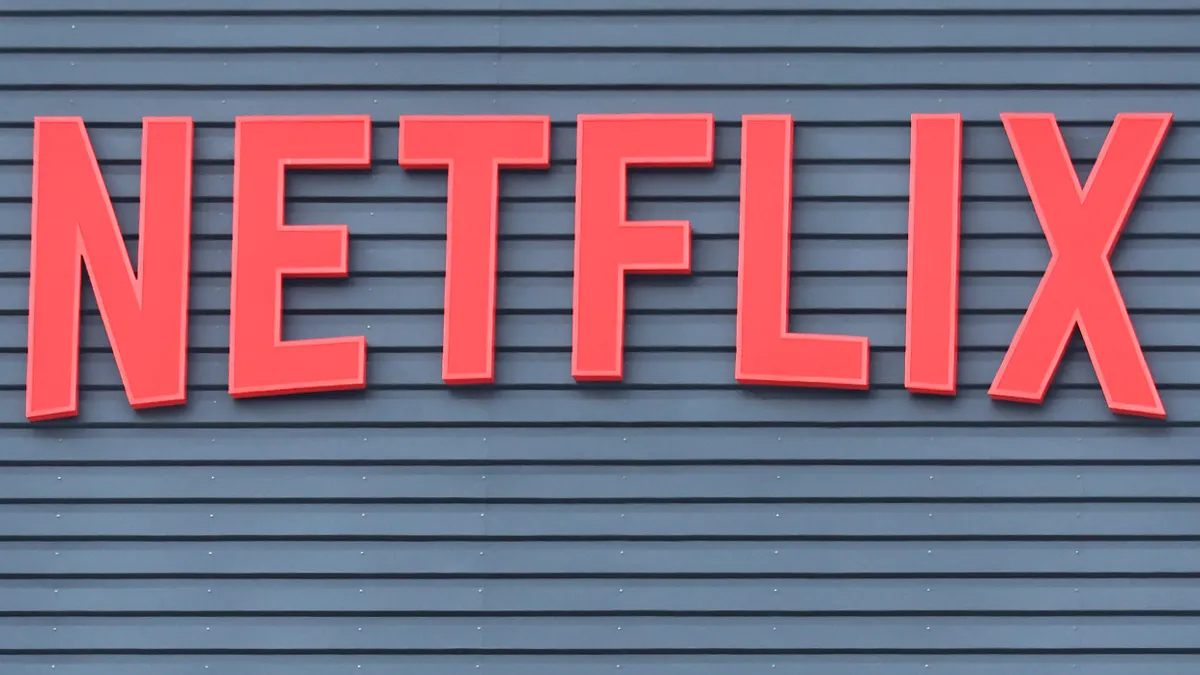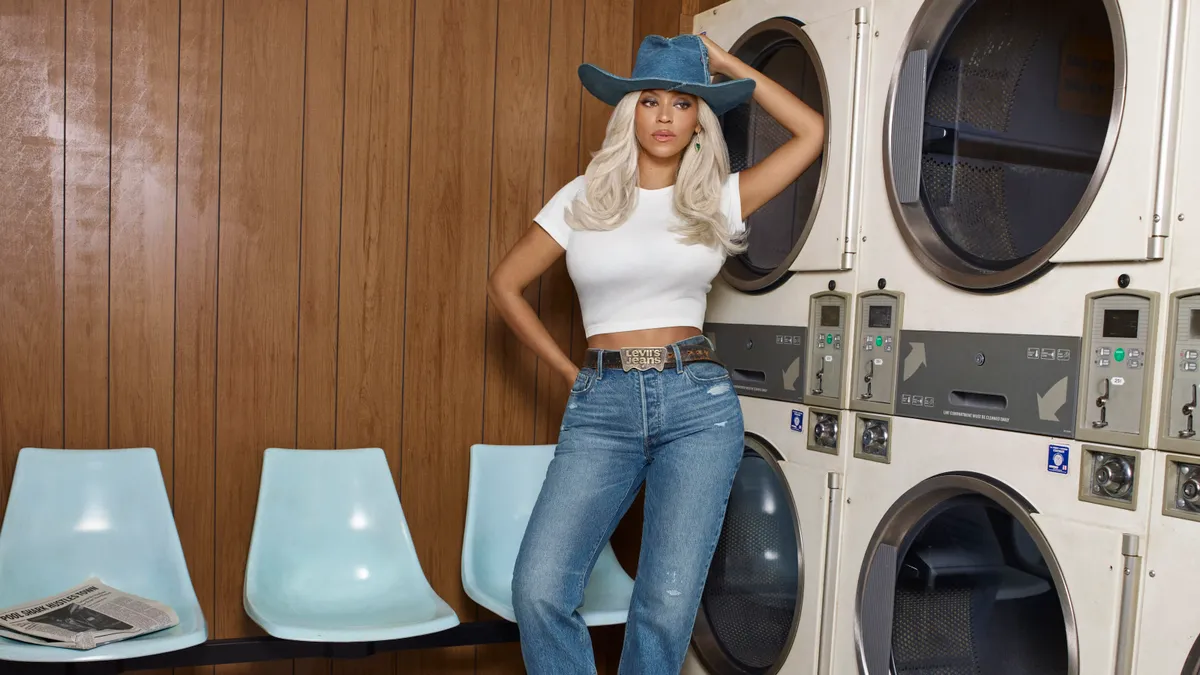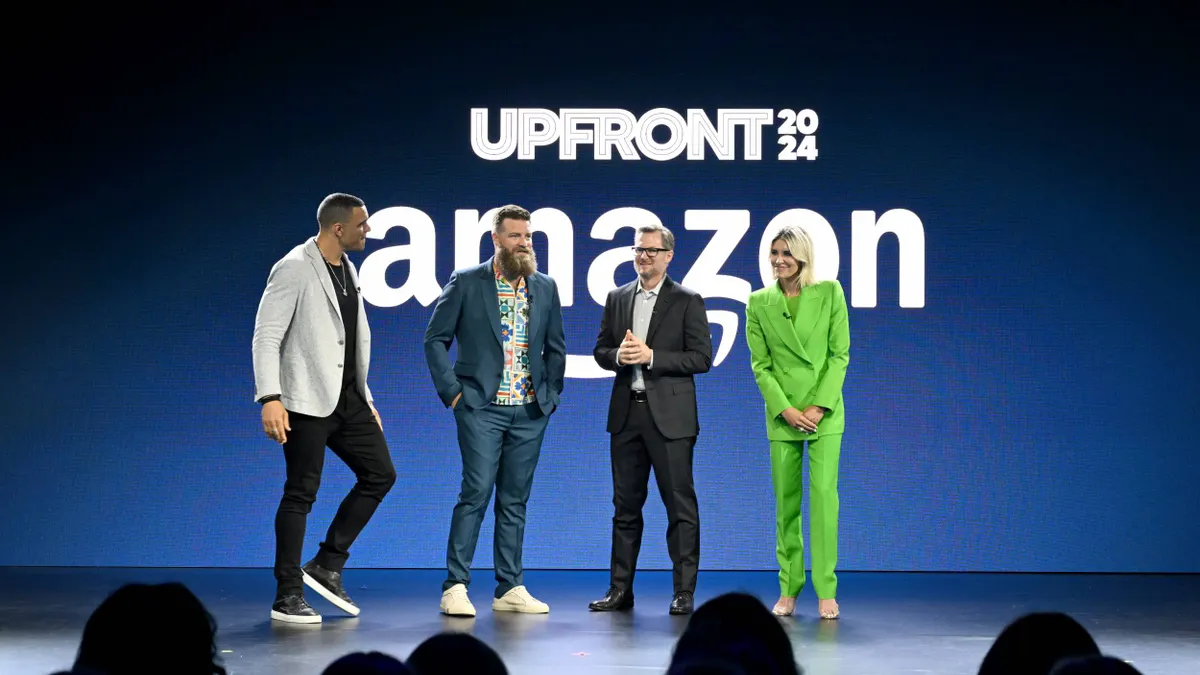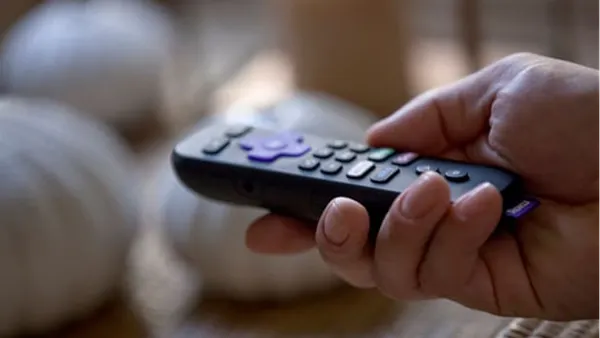Netflix executives are positioning 2025 as the year when the streamer’s advertising ambitions enter the “walk” phase of a crawl, walk, run roadmap that’s served as shorthand for its progress since an ad-supported tier was first implemented three years ago. Realizing that goal hinges on the company getting its new in-house ad tech right.
The announcement made around the company’s Q4 earnings report came as Netflix exceeded its ad-revenue targets for the end-of-year period, an “exciting milestone,” according to co-CEO Gregory Peters. Netflix does not yet share revenue derived from advertising sales but indicated it has laid the right groundwork to reach its scale goals for advertisers this year, with improving monetization the next area of focus.
“We’ve doubled our ads revenue year-over-year last year. We expect to double it again this year, so that should give you a sense of the slope of monetization growth that we’re on,” said Peters on a call discussing the Q4 results with analysts.
In Q4, Netflix’s ad-supported plan represented over half of new subscriber sign-ups in the territories where the company runs ads, a sign that the offering is appealing to budget-conscious consumers. Netflix is instituting its first price hike for the cheaper streaming option, which will go from $6.99 to $7.99 per month in the U.S., along with similar increases for its more expensive ad-free plans.
The Q4 earnings report impressed investors, with Netflix adding 19 million subscribers over the quarter, a new record. This is the last time Netflix will break out quarterly subscriber figures.
Users have flocked to the platform with the addition of more live sports content, including the blockbuster Mike Tyson vs. Jake Paul boxing match and two Christmas Day NFL games. Such prime-time programming is potentially serving as a draw for deep-pocketed brands that see traditional TV as on the decline.
“As streaming platforms like Netflix integrate more live sports programming, they create valuable, data-driven opportunities for advertisers to engage highly targeted audiences,” said Mike Seiman, CEO and founder of Digital Remedy, in emailed comments. “This shift is positioning Netflix as a major player in the digital ad space, with its ad-supported tier expected to see significant growth in 2025.”
As Netflix tries to level up its sophistication to capitalize on a $25 billion market for connected TV advertising, it is wresting control over its own ad tech after previously relying on partners like Microsoft. Netflix has already launched its in-house tech stack in Canada and aims to roll it out to the U.S. in April.
“The biggest initial benefit we have of using our own ads server is just enabling us to offer more flexibility, more ways of buying for advertisers, fewer activation hurdles, just improving the overall buyer experience,” said Peters, who noted a bump in revenue growth in Canada.
Over time, Peters views proprietary ad tech as a way of better delivering on areas like programmatic availability, ad targeting, measurement and campaign reporting. The timing of the U.S. debut coincides with the spring upfronts, a media-buying bonanza where publishers lock in large ad-spending commitments with brands for the year ahead. Theoretically, better ad levers on the back end will also improve the user experience, though the process could take a while to fine-tune.
“[We've] got many years of building ahead of us. The road map is clear,” said Peters. “We’re committed to iterative innovation and advertising just as you've seen us do in many other places.”















